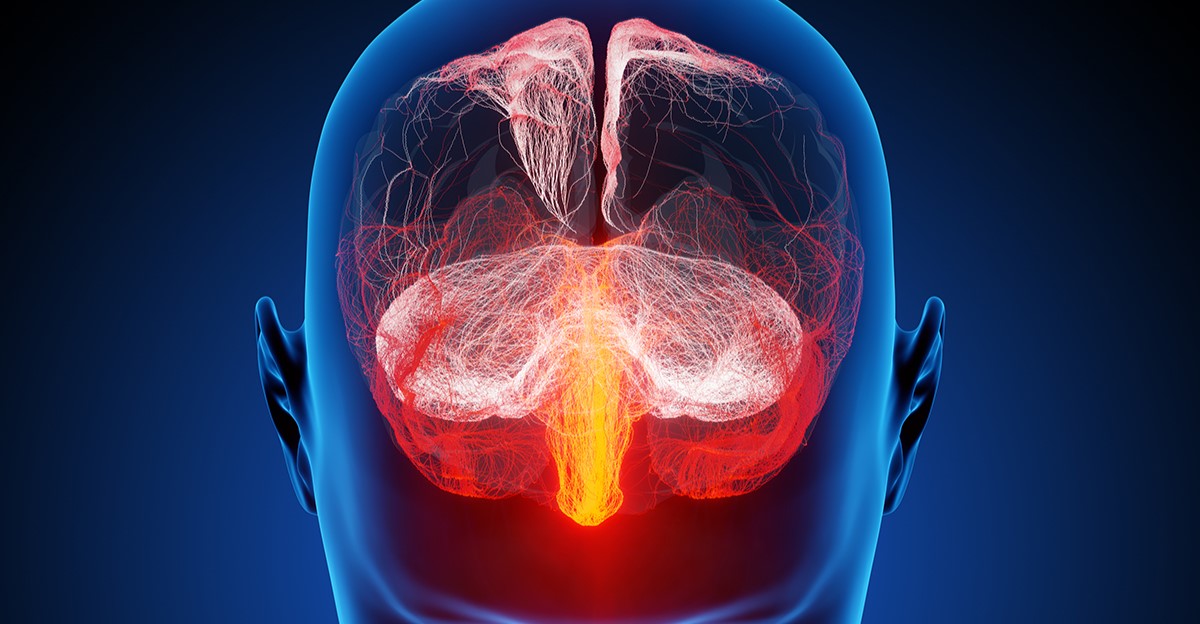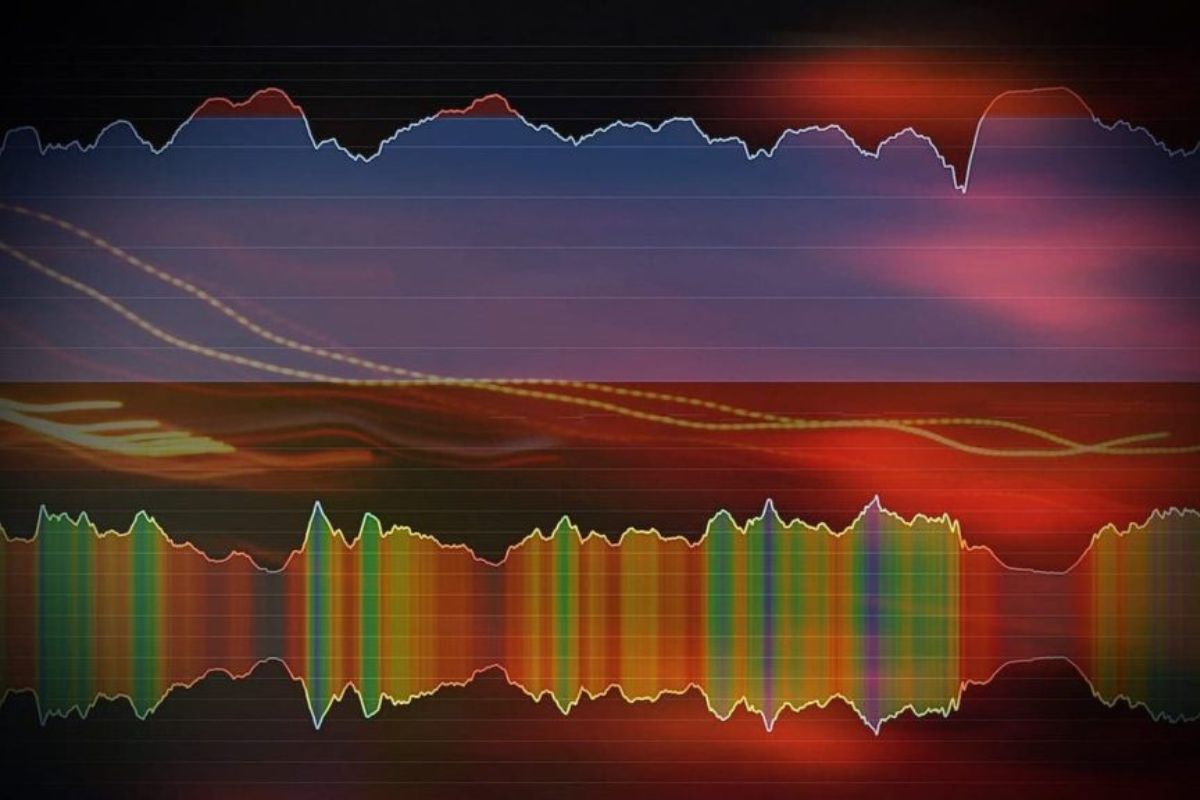
What is Arnold–Chiari Malformation? Arnold–Chiari Malformation (ACM) is a condition where brain tissue extends into the spinal canal. This happens because part of the skull is abnormally small or misshapen, pressing on the brain and forcing it downward. There are four types of ACM, with Type I being the most common and least severe, often going unnoticed until adulthood. Symptoms can include headaches, neck pain, balance issues, and muscle weakness. In severe cases, it can lead to paralysis. Diagnosis typically involves MRI scans to get a clear picture of the brain and spinal cord. Treatment options range from pain management to surgical procedures aimed at relieving pressure on the brain. Understanding ACM is crucial for early detection and effective management.
What is Arnold–Chiari Malformation?
Arnold–Chiari Malformation (ACM) is a condition where brain tissue extends into the spinal canal. This happens when part of the skull is abnormally small or misshapen, pressing on the brain and forcing it downward. Let's dive into some intriguing facts about this condition.
-
Named After Two Doctors: Arnold–Chiari Malformation is named after Hans Chiari, an Austrian pathologist, and Julius Arnold, a German pathologist. They first described the condition in the late 19th century.
-
Four Types: There are four types of ACM, ranging from Type I, which is the least severe, to Type IV, which is the most severe and often incompatible with life.
-
Type I is Most Common: Type I ACM is the most common form and often goes unnoticed until adolescence or adulthood. Symptoms may include headaches, neck pain, and balance issues.
Symptoms and Diagnosis
Understanding the symptoms and how ACM is diagnosed can help in early detection and management.
-
Headaches: One of the most common symptoms of ACM is severe headaches, often aggravated by coughing, sneezing, or straining.
-
Balance and Coordination Issues: Many individuals with ACM experience problems with balance and coordination, making everyday activities challenging.
-
MRI for Diagnosis: Magnetic Resonance Imaging (MRI) is the most effective tool for diagnosing ACM. It provides detailed images of the brain and spinal cord, helping doctors identify abnormalities.
Causes and Risk Factors
Exploring the causes and risk factors can provide insight into why ACM occurs.
-
Congenital Condition: ACM is primarily a congenital condition, meaning it is present at birth. It results from structural defects in the brain and spinal cord during fetal development.
-
Genetic Factors: Some cases of ACM are linked to genetic mutations, suggesting a hereditary component to the condition.
-
Associated with Spina Bifida: ACM is often associated with spina bifida, a birth defect where the spine and spinal cord don't form properly.
Treatment Options
Treatment for ACM varies depending on the severity of the condition and the symptoms experienced.
-
Monitoring: For mild cases, doctors may recommend regular monitoring and MRI scans to track any changes.
-
Medications: Pain relief medications can help manage symptoms like headaches and neck pain.
-
Surgery: In severe cases, surgery may be necessary to relieve pressure on the brain and spinal cord. The most common procedure is posterior fossa decompression.
Living with Arnold–Chiari Malformation
Living with ACM can be challenging, but understanding the condition can help manage it better.
-
Lifestyle Adjustments: Making lifestyle adjustments, such as avoiding activities that trigger symptoms, can improve quality of life.
-
Physical Therapy: Physical therapy can help improve balance and coordination, making daily activities easier.
-
Support Groups: Joining support groups can provide emotional support and practical advice from others who understand the condition.
Research and Future Directions
Ongoing research is crucial for improving the understanding and treatment of ACM.
-
Genetic Research: Scientists are studying the genetic factors involved in ACM to develop better diagnostic tools and treatments.
-
Advanced Imaging Techniques: New imaging techniques are being developed to provide more detailed views of the brain and spinal cord, aiding in early detection and treatment planning.
-
Stem Cell Research: Researchers are exploring the potential of stem cell therapy to repair damaged brain and spinal cord tissue in ACM patients.
Interesting Facts
Here are some lesser-known but fascinating facts about ACM.
-
Not Always Symptomatic: Some people with ACM may never experience symptoms and may only discover the condition incidentally during imaging for unrelated issues.
-
Animal Models: Researchers use animal models to study ACM, helping them understand the condition better and develop new treatments.
Understanding Arnold–Chiari Malformation
Arnold–Chiari Malformation, a condition where brain tissue extends into the spinal canal, affects many lives. Knowing the symptoms like headaches, balance issues, and muscle weakness can lead to early diagnosis. Types I through IV vary in severity, with Type I often going unnoticed until adulthood. Diagnosis involves MRI scans, while treatment ranges from monitoring to surgery, depending on severity.
Living with this condition requires awareness and support. Regular check-ups and understanding treatment options are crucial. Support groups and medical professionals can provide valuable assistance. Staying informed helps manage symptoms and improves quality of life.
By spreading knowledge about Arnold–Chiari Malformation, we can foster a supportive community. Awareness leads to better outcomes for those affected. Stay informed, seek help when needed, and support others on their journey.
Was this page helpful?
Our commitment to delivering trustworthy and engaging content is at the heart of what we do. Each fact on our site is contributed by real users like you, bringing a wealth of diverse insights and information. To ensure the highest standards of accuracy and reliability, our dedicated editors meticulously review each submission. This process guarantees that the facts we share are not only fascinating but also credible. Trust in our commitment to quality and authenticity as you explore and learn with us.


